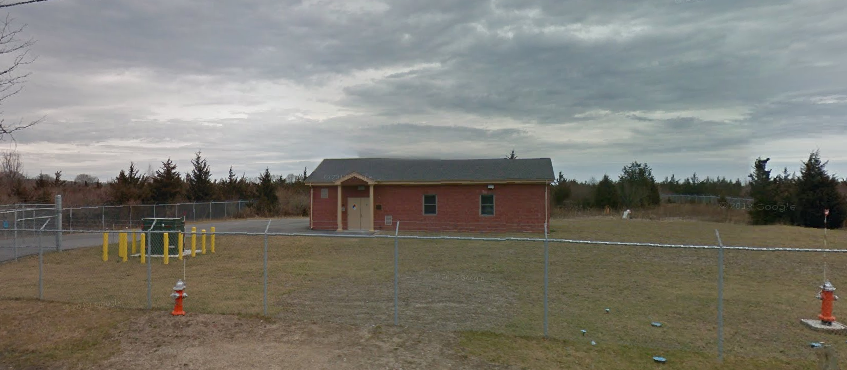Water District to spend $500K to treat contaminant perchlorate

The Riverhead Town Water District will spend more than $500,000 on a system to remove the contaminant perchlorate from a well in Calverton.
The Town Board on Wednesday approved a $279,516 contract to Calgon Carbon Corporation of Pittsburgh for a wellhead treatment system for Plant 16, which is located on the east side of Edwards Avenue, just south of Sound Avenue. Calgon was the only bidder.
The overall cost of the project, $522,500, includes the cost of engineering services and the construction of a building and concrete slab for the treatment system, according to Riverhead Supervisor Sean Walter.
Plant 16 was one of several new wells the district built at the start of the decade in order to meet the increased demand for water in town.
Perchlorate is a naturally occurring substance as well as a man-made substance, according to John Collins of H2M, the water district’s engineering consultants.
“As a man-made substance, it’s used in rocket fuels, and in the production of fireworks,” Mr. Collins said at a Jan. 6 public hearing on the Plant 16 treatment system. “As a naturally occurring substance, it’s used in the production of fertilizer.”
Mr. Collins said he was unsure how the substance was getting into the Calverton well.
“We can assume it’s from the natural fertilizer based on the region it’s in,” he said, referring to the agricultural history of that section of Edwards Avenue.
According to the Environmental Protection Agency, “scientific research indicates that perchlorate can disrupt the thyroid’s ability to produce hormones needed for normal growth and development.”
The district got a peak reading of 14.5 micrograms per liter of perchlorate in Plant 16 in May, Mr. Collins said. Under both state and federal guidelines, the water district would be required to shut down the well if it had a reading of 18 micrograms per liter or higher, Mr. Collins said.
The well would already exceed the standards set in other states, such as California and Massachusetts, according to Kevin McCallister of the nonprofit environmental group Defend H2O.
Mr. Walter said the town has already taken the plant offline.
“We pulled it out on Oct. 1,” he said. “We don’t have any intention of putting it back in service until this is done.”
The town spent $2.1 million to build Plant 16 in 2011.
At the Jan. 6 public hearing, councilman John Dunleavy asked Mr. Collins if the well was tested when it first opened. Mr. Collins said in 2010, the perchlorate level recorded was 9.5 micrograms per unit.
He said that on average, the perchlorate level in Plant 16 has gone from about 9.5 micrograms per liter to 13 micrograms per liter, with the 14.5 reading in May being the high.
In December, the reading was 11 micrograms per liter, he said. The goal is for perchlorate to be undetected, he said.
The cost of the project will be paid through existing “key” money the water district already has, according to Water District Superintendent Mark Conklin.
Key money is a fee assessed to developers to cover the cost of constructing capital improvement facilities including supply wells, storage tanks and transmission mains.








